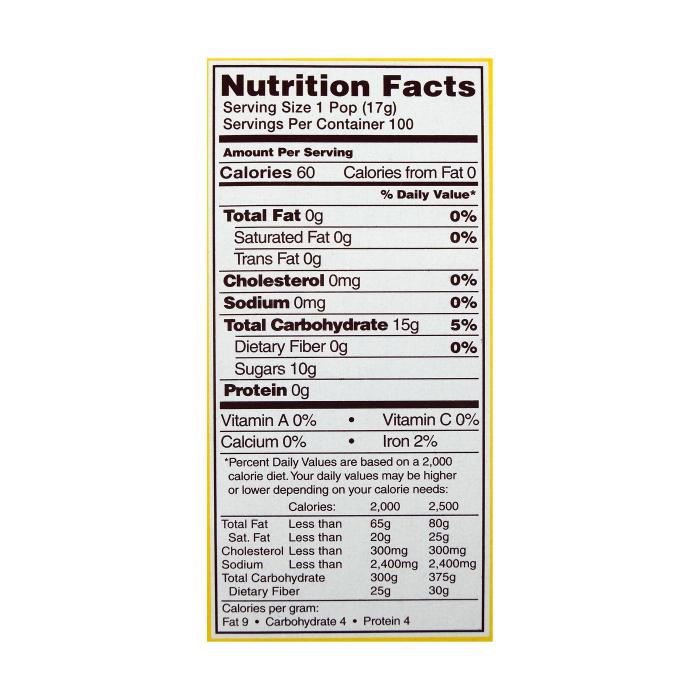Ingredient Breakdown and Impact: Digiorno Regular Pizza Nutrition Facts
Digiorno regular pizza nutrition facts – Understanding the ingredients in a Digiorno regular pizza is key to understanding its nutritional profile. The ingredients list varies slightly depending on the specific variety, but we can examine the common components and their effects on overall nutritional value.
The main components of a Digiorno pizza significantly influence its nutritional content. These components interact to create the final product’s overall caloric value, macronutrient profile (carbohydrates, fats, and proteins), and micronutrient content (vitamins and minerals).
Main Ingredients and Nutritional Contributions
The following list details the major ingredients found in most Digiorno pizzas and their respective nutritional impacts:
- Crust: The crust, typically made from enriched flour, provides carbohydrates, a primary source of energy. However, depending on the crust type (thin, thick, stuffed), the carbohydrate and fat content can vary significantly. Enriched flour often contains added vitamins and minerals, but also lacks the fiber found in whole-wheat alternatives.
- Cheese: Cheese is a significant source of fat and protein in Digiorno pizzas. The type of cheese used (mozzarella, typically) affects the fat content (saturated and unsaturated) and the levels of calcium and other nutrients. High fat content contributes significantly to the overall caloric density.
- Sauce: The tomato sauce provides some vitamins and minerals, particularly lycopene (an antioxidant), but also contributes to the sodium content. The sauce’s sugar content can vary depending on the recipe and brand.
- Toppings: Additional toppings (pepperoni, sausage, vegetables) add further nutritional complexity. Meat toppings increase the fat and protein content, while vegetable toppings contribute vitamins, minerals, and fiber. However, many processed meat toppings can be high in sodium and saturated fat.
Impact of Specific Ingredients on Nutritional Profile
The interplay of these ingredients significantly impacts the overall nutritional profile. For example, a pizza with a thicker crust and extra cheese will be considerably higher in calories and fat compared to a thin-crust pizza with fewer toppings. The sauce contributes to the sodium content, which is a concern for individuals with high blood pressure. The type and amount of cheese directly influence the fat and protein content, as well as calcium intake.
Added Sugars, Preservatives, and Artificial Ingredients, Digiorno regular pizza nutrition facts
Many processed foods, including frozen pizzas like Digiorno, contain added sugars, preservatives, and artificial ingredients to enhance flavor, texture, and shelf life. These additions can have potential health implications. While the specific ingredients vary by pizza type, common additives include:
- Added Sugars: These contribute to empty calories and can increase the risk of weight gain, type 2 diabetes, and other health problems if consumed excessively. The sugar content is often hidden in the sauce and other components.
- Preservatives: Preservatives help extend the shelf life of the pizza, but some preservatives have been linked to potential health concerns in high doses, though the amounts used in frozen pizzas are generally considered safe by regulatory agencies.
- Artificial Ingredients: Artificial colors, flavors, and other additives can cause allergic reactions in some individuals and raise concerns about potential long-term health effects, although scientific consensus on these effects is often lacking or inconclusive.
Question Bank
Are Digiorno pizzas a good source of protein?
Digiorno pizzas offer moderate protein content, varying slightly depending on the flavor and serving size. However, they are not typically considered a primary source of protein compared to lean meats or legumes.
Does Digiorno use artificial colors or flavors in their regular pizzas?
The use of artificial colors and flavors varies depending on the specific Digiorno pizza flavor. It’s best to check the ingredient list on the packaging for each variety to determine the presence of artificial additives.
How does the nutritional content of Digiorno compare to homemade pizza?
Homemade pizzas generally offer more control over ingredients, potentially resulting in a healthier profile with less sodium, saturated fat, and added sugars. However, this depends heavily on the ingredients used in the homemade version.
Can I reheat a Digiorno pizza more than once?
While reheating a Digiorno pizza multiple times is possible, the quality and texture may degrade with each reheating. For best results, it’s recommended to consume the pizza within a day or two of cooking.
Digiorno regular pizza, while undeniably delicious, often packs a significant caloric punch. For those seeking lighter alternatives, understanding the nutritional profile is key. A comparison with something like rice cakes nutrition facts highlights the stark differences in calorie and fat content. Returning to Digiorno, mindful portion control can help manage its nutritional impact within a balanced diet.



